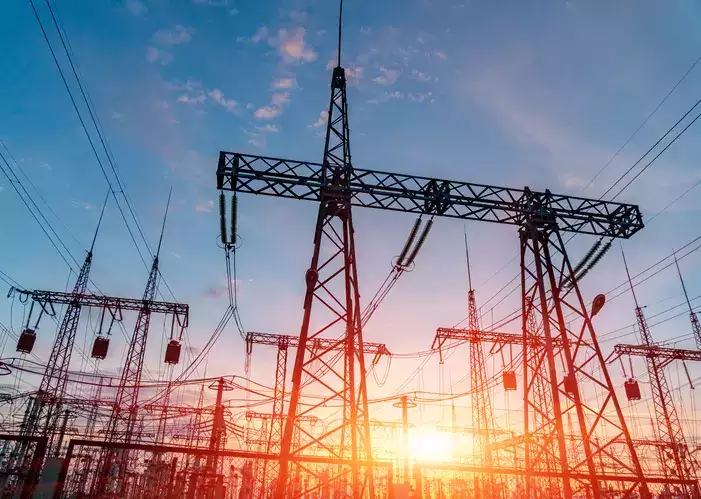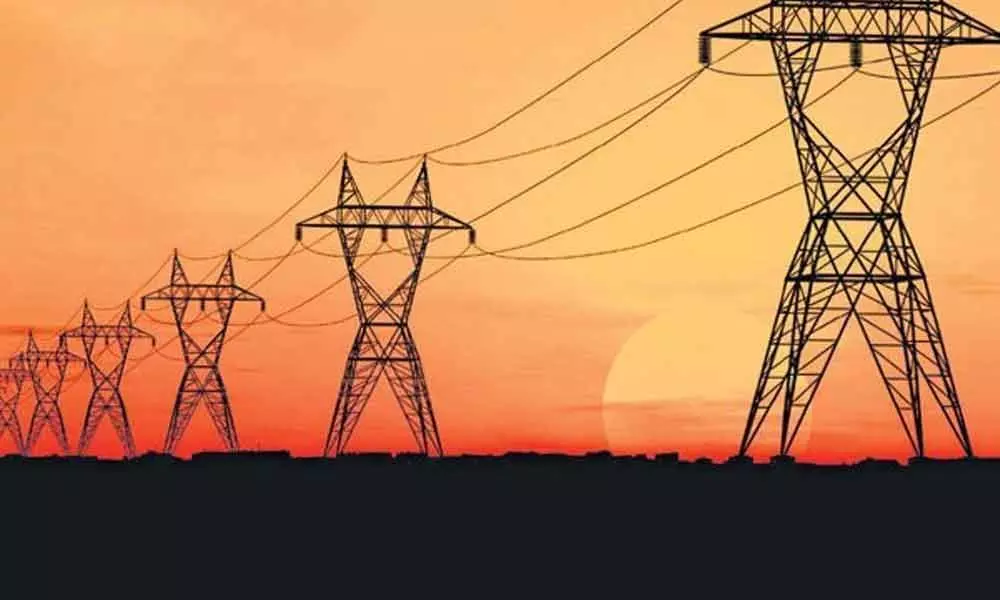New Electricity Amendment Rules 2024
The government has made a noteworthy change to the Electricity Rules 2005 this January.
In a game-changing move, the government waves goodbye to transmission line licenses for industries, setting the stage for unprecedented growth.
The latest power sector reforms not only simplify processes but also encourage renewable energy adoption, marking a significant stride towards a sustainable and vibrant industrial landscape.
Government Unlocks Industrial Potential: No License Required for Transmission Lines – New Electricity Amendment Rules 2024
Individuals setting up a captive power plant no longer need a license to establish, operate, and maintain power transmission lines.
The Ministry of Power announced that consumers meeting specific load and Energy Storage Systems (ESS) criteria can independently set up and handle their dedicated transmission lines without requiring a license.
This adjustment is designed to streamline the process for consumers engaged in power generation.
Minister for Power RK Singh highlighted the positive impact of the recent change, stating that by permitting this facility, a new group of bulk consumers would emerge in the country.

This move is expected to bring about more cost-effective electricity and improved grid reliability. The Minister pointed out that this opportunity was already accessible to generating companies and captive generating stations.
The revised regulations will now be referred to as the Electricity (Amendment) Rules, 2024.
Electricity (Amendment) Rules, 2024: Transmission license
The Electricity (Amendment) Rules of 2024 bring a significant change regarding transmission licenses.
According to the updated rules, a generating company, an individual establishing a captive generating plant, or a consumer with a load of at least 25 MW for Inter-State Transmission System and 10 MW for Intra-State Transmission System no longer requires a license to establish, operate, or maintain a dedicated transmission line connecting to the grid.
This exemption is contingent upon compliance with the specified regulations, technical standards, guidelines, and procedures outlined in the provisions of the Act.
The amendment aims to streamline the process and encourage the emergence of a new category of bulk consumers in the country, fostering more affordable electricity and improved grid reliability.
OPEN ACCESS
- Open Access is a fundamental aspect of the Electricity Act, of 2003.
- Unfortunately, the potential of Open Access has been hindered by exorbitant charges imposed by certain State Regulators.
- This has limited consumers, especially commercial establishments and industries, from utilizing Open Access to its full extent.
- To address this issue, Open Access charges must be not only reasonable but also uniform across the country.
- This will enable consumers to access electricity through Open Access at competitive and fair rates.
To streamline and rationalize these charges, new rules have been introduced, outlining methodologies for determining various open access charges such as wheeling charges, state transmission charges, and additional surcharge,” explained Singh in a media interaction.
The rule specifies that for individuals opting for General Network Access or Open Access, the additional surcharge will undergo a gradual reduction and be completely phased out within four years from the date of obtaining General Network Access or Open Access.
Furthermore, the additional surcharge applies solely to Open Access Consumers who are, or have been, customers of the respective Distribution licensee.
This means that individuals who have never been customers of the Distribution licensee are exempt from paying the additional surcharge.
New regulations now require that electricity prices align with the actual costs incurred, ensuring a cost-reflective power tariff system.
Singh emphasized the importance of ensuring the financial sustainability of the power sector by having a tariff that accurately reflects the costs incurred and allows for all prudent expenses.
Unfortunately, certain State Regulators had created significant revenue gaps, causing financial strain on distribution companies by disallowing various costs, including those related to power purchases.

To discourage this practice, there was a need for statutory provisions to prevent such revenue gaps.
Streamlining Power Sector: New Electricity (Amendment) Rules, 2024:
The new rules aim to ensure that revenue gaps are not created, except in exceptional circumstances such as natural calamities, and provide for a time-bound process to liquidate any existing gaps in revenue.
This is crucial to maintaining the financial health of the power sector.
The rule states that the tariff must accurately reflect the costs incurred, and there should be no disparity between the approved Annual Revenue Requirement and the estimated annual revenue from the approved tariff, except in the case of natural calamities. In instances where a gap is created, it is specified that this gap should not exceed three percent of the approved Annual Revenue Requirement.
This provision aims to ensure that the tariff structure aligns with the actual costs and allows for a minimal deviation under extraordinary circumstances like natural disasters.
The rule further stipulates that any gap, along with the associated carrying costs at the base rate of Late Payment Surcharge as specified in the Electricity (Late Payment Surcharge and Related Matters) Rules, 2022, amended periodically, shall be cleared through a maximum of three equal yearly installments starting from the subsequent financial year.
This provision ensures a systematic and time-bound approach to addressing any revenue gaps and their associated carrying costs, promoting financial stability within the power sector.
Regarding any revenue gap that exists at the time of the promulgation of these rules, it is mandated that such a gap, as of the notification date, along with the carrying costs at the base rate of Late Payment Surcharge specified in the Electricity (Late Payment Surcharge and Related Matters) Rules, 2022, amended periodically, must be cleared through a maximum of seven equal yearly installments, starting from the next financial year.
This provision ensures a structured and extended approach to addressing pre-existing revenue gaps and associated carrying costs, with the goal of achieving financial resolution over a slightly longer timeframe.
In the announcement of the rules, Singh highlighted that the government’s initiatives had successfully lowered the losses of distribution companies from 27 percent in 2014 to 15.41 percent in 2022-23.
He emphasized that the newly introduced rules would contribute to further reducing these losses, enhancing the overall viability of distribution companies.
The minister expressed optimism that this improvement would enable distribution companies to offer better services to consumers, marking a positive step towards increased efficiency and sustainability in the power sector.
Eliminating the need for a license for dedicated transmission lines in the industrial sector is expected to enhance the ease of doing business, fostering faster industrial growth and job creation, as highlighted by the minister.
This, coupled with the rationalization of open access charges, is anticipated to accelerate the adoption of renewable energy by industries, contributing to reduced emissions.
Singh emphasized that these changes represent the latest in a series of reforms implemented in the power sector under the Modi government, showcasing a commitment to continuous improvement and modernization.








